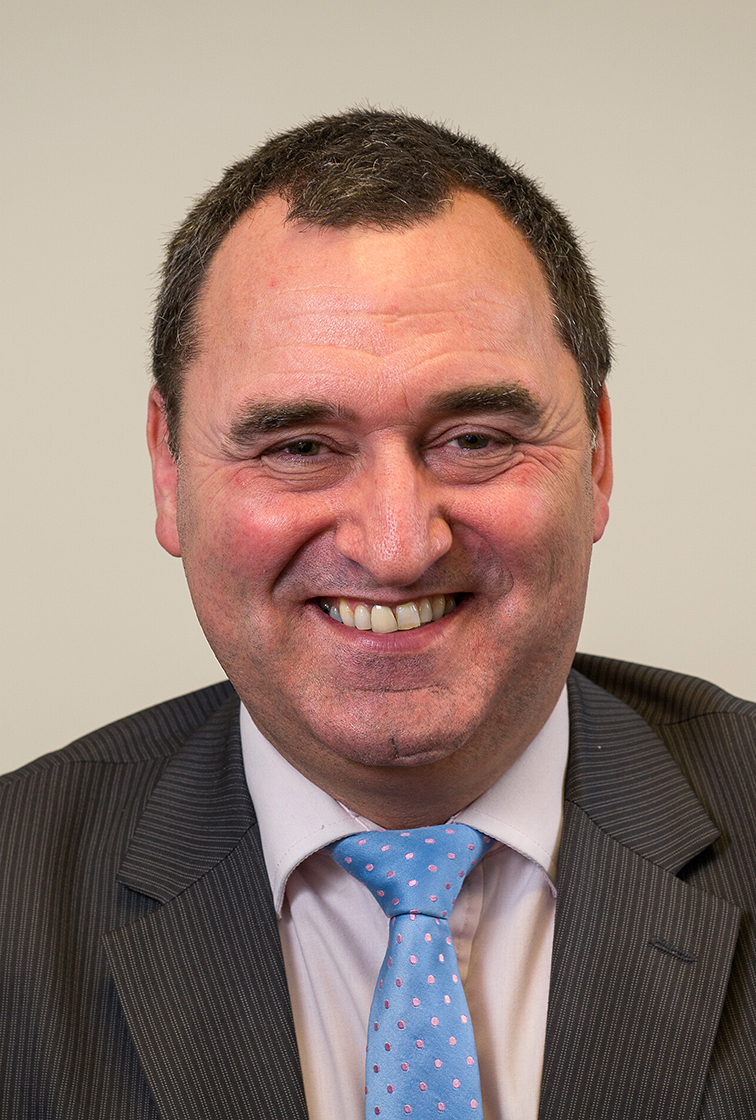THE title for this editorial is quite deliberate. When companies and individuals are experiencing debt problems, there is a non-financial cost consequence. I am talking about the pressure, stress, anguish and, in some cases, relationship break-downs. That is the physical cost burden and it is often over-looked in the creditor scramble to get paid before any implications of a formal insolvency prevail. The more fundamental cost is that of the professionals as every penny they draw down is depriving you, as a creditor, of a better (or any) return.
Since the Insolvency Act 1986 came into force, there has been endless commentary surrounding the fees charged by an insolvency practitioner (“IP”) for handling insolvent estates. Unfortunately, there have been reports that fully justify criticism where even IPs have been known to be shaking their head in disbelief at what another IP is claiming.
So, what can you do to control the costs? October 2015 saw the implementation of remuneration reforms for IPs. Now, once appointed, the IP must provide an estimate of the costs for completing the appointment if he proposes to be paid on a time cost basis. Okay, that is a bit like wetting your finger and holding it in the air to see which way the wind is blowing as many things can (and do) arise that were unknown at the time of appointment, but it is the law nonetheless.
Under the reforms an IP can fix their remuneration on a time cost basis, fixed (or capped) sum, a scale rate percentage or a combination of all three. The key point to remember is you, the creditor, fix the basis of remuneration so it is really important you do get involved. In a recent example, I advised a creditor where the liquidator was seeking a level of fees and disbursements that, when you read “between the lines”, was designed to ensure the liquidator took all of the realisations in costs. Based upon our advice, the resolutions sought were rejected and alternative resolutions put forward that promote creditors at least getting a dividend.
In addition to the October reforms, the Insolvency Service announced on 1 July 2016 that the Official Receiver’s fees were changing. This announcement came out of the blue but, in essence, the Official Receiver will take a lump sum from the first realisations followed by a straight 15% of the remaining assets TOGETHER WITH 15% of the funds available to distribute to creditors.
Fixing remuneration on a scale rate basis can be seen to be the way forward as creditors get a good idea of the likely outcome. However, it can also appear very expensive. For example, how much does it cost an IP to instruct the bank of an insolvent estate to close the account and send the closing balance to the IP? I did see one example where creditors approved a global 25% scale rate of realisations, which included over £100,000 in the bank. A creditor contacted me for advice as they were intending to complain as (quite rightly) they thought £25,000 for closing a bank account seemed a little excessive. Unfortunately, because creditors did not properly engage with the insolvency and simply allowed a 25% rate on ALL realisations, the IP in question ended up as the only happy bunny!
So, if you are unfortunate to be on the receiving end of a notification one of your customers is heading towards a formal insolvency, be involved or, better still, consult an IP to act on your behalf. Ensure the foundations of the insolvency are laid down at the outset. Complaining later when you are being forced to write off your debt while simultaneously the IP has been authorised to take handsome fees serves no purpose other than to increase frustration.
If you are a creditor who is owed due to a customer being unable to pay, seek advice from us as soon as possible to ensure the best outcome. PBC offer a free 1-hour consultation in complete confidence; call 01604 212150 or email


